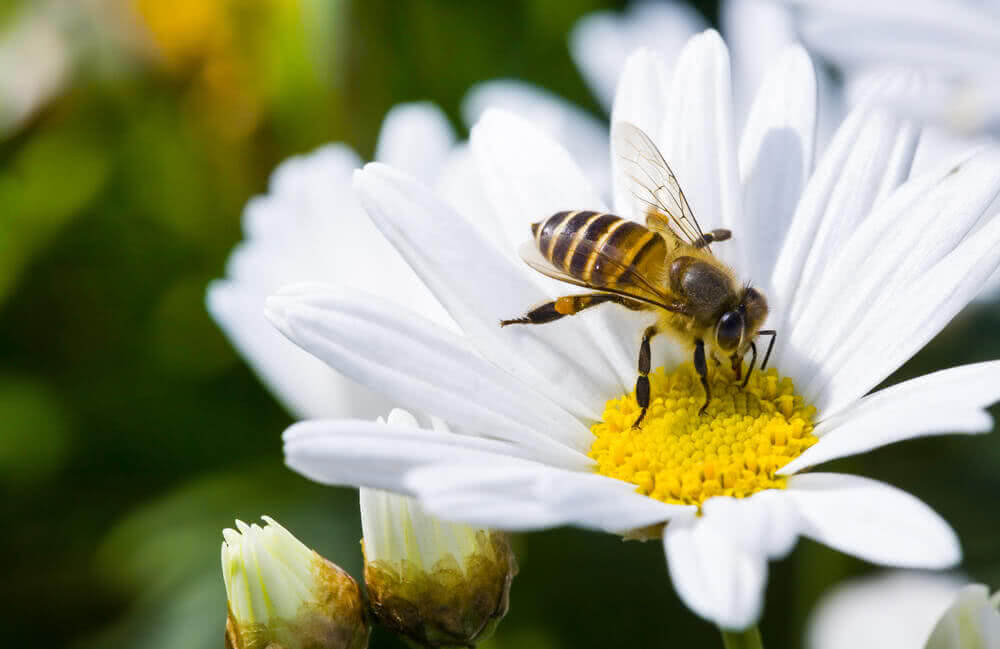Honey is a remarkable substance created by an equally remarkable collaboration between bees and flowers. Understanding the intricate process behind how bees make honey unveils a stunning world of teamwork and the beautiful interconnectedness of nature. This blog post takes a closer look at the steps involved in producing this liquid gold so you can appreciate its journey.
Pollination
It all begins with the humble flower, which is a vital source of food for bees. Through a process known as pollination, bees collect nectar from flowers as they forage for food. This sugary liquid is produced by plants and serves as the primary ingredient for honey production. A bee on a flower uses its long, tube-shaped tongue to extract the nectar from the flower.
Once the bees have collected the nectar, they store it in their specialised stomach called the crop. Enzymes in the bee's saliva begin the transformation process, breaking down complex sugars into simpler forms. Back at the hive, the forager bees regurgitate the partially digested nectar into the mouths of other worker bees. This communal process further breaks down the nectar.
Evaporation
The next part of the process is evaporation. Worker bees fan their wings over the honeycomb, creating airflow that evaporates the water content of the nectar and thickens it into honey. The bees then seal the honeycomb cells with beeswax, preserving the honey for future use.
The variety of honey produced depends largely on the types of flowers visited by the bees. Each flower species imparts unique flavours, aromas and even colours to the honey. For instance, clover honey tends to be light and mild, while lavender honey boasts a delicate floral aroma. The diversity of flowers in an area contributes to the richness and complexity of local honey varieties.
Beyond its culinary appeal for humans, honey plays a crucial role in sustaining bee colonies. It serves as the bees' primary source of energy, providing them with the fuel needed for their daily activities. Honey stores also enable bees to survive lean times, such as winter months when resources from flowers are scarce.
Learn More Today
If you want to learn more about how to make honey with bees and the role of flowers in the process, the team at Buzzbee can help. Contact us today and we’ll happily answer any questions you have about beekeeping, from how honey is made through to bees and your neighbours and the law.

